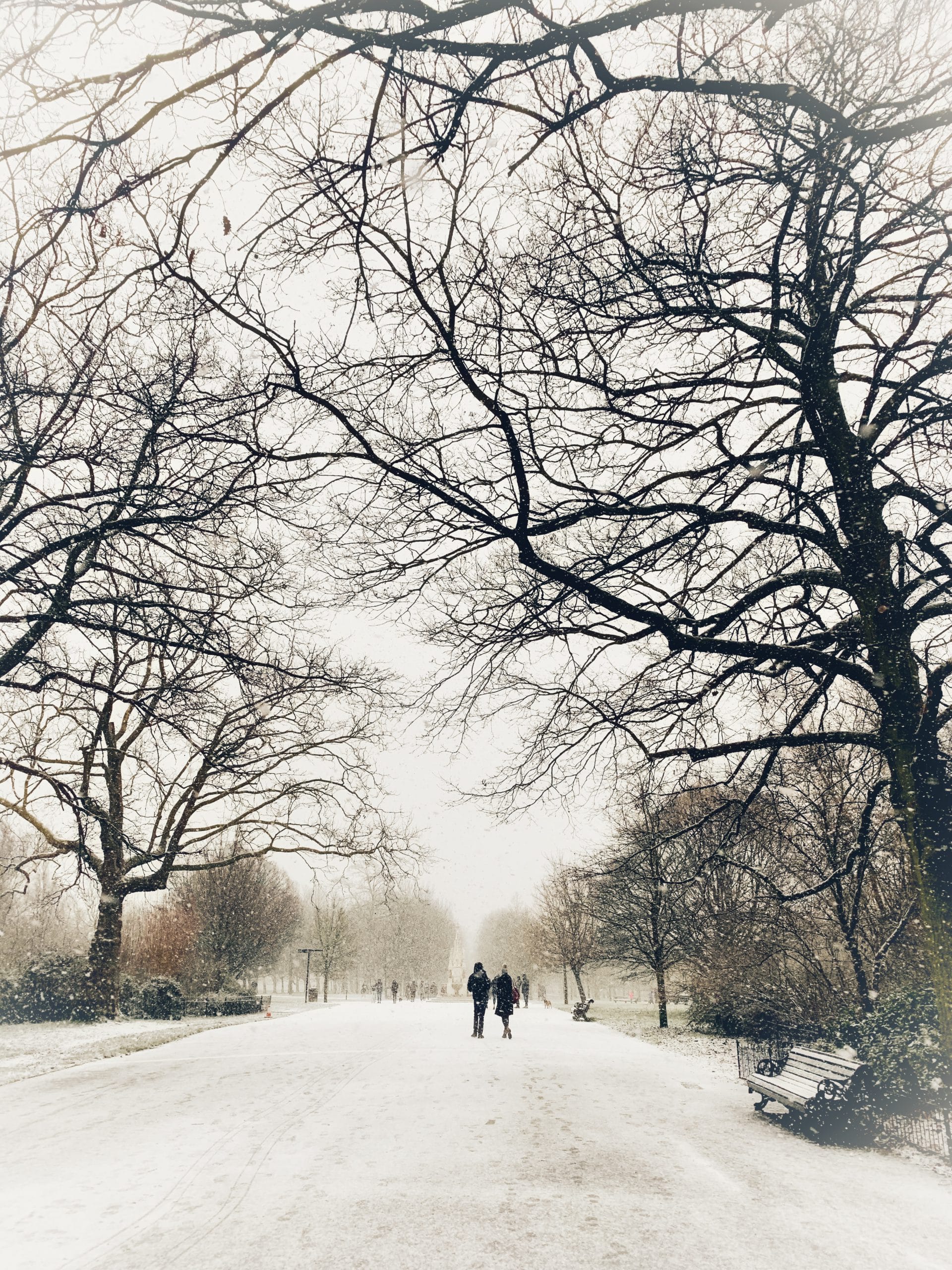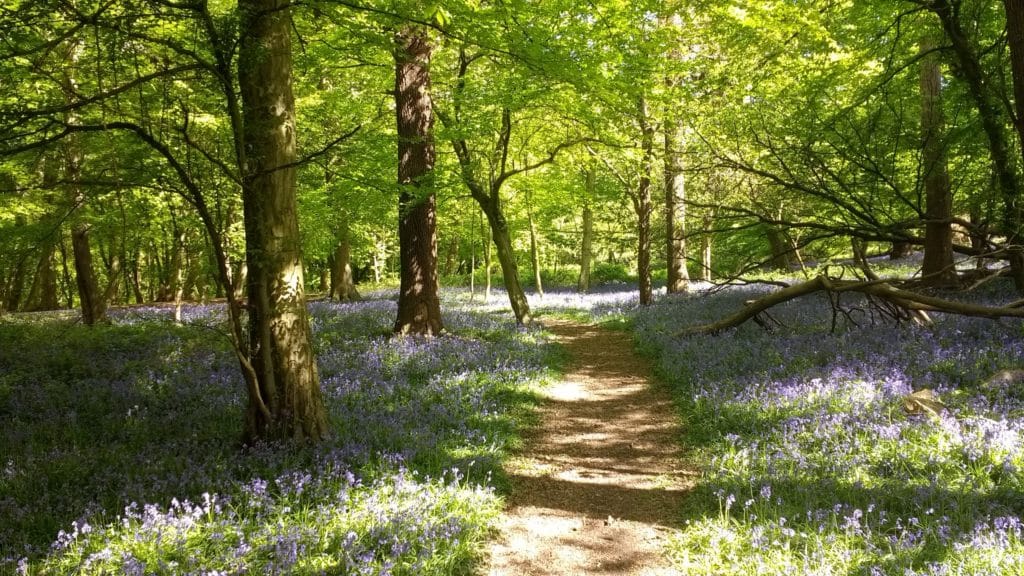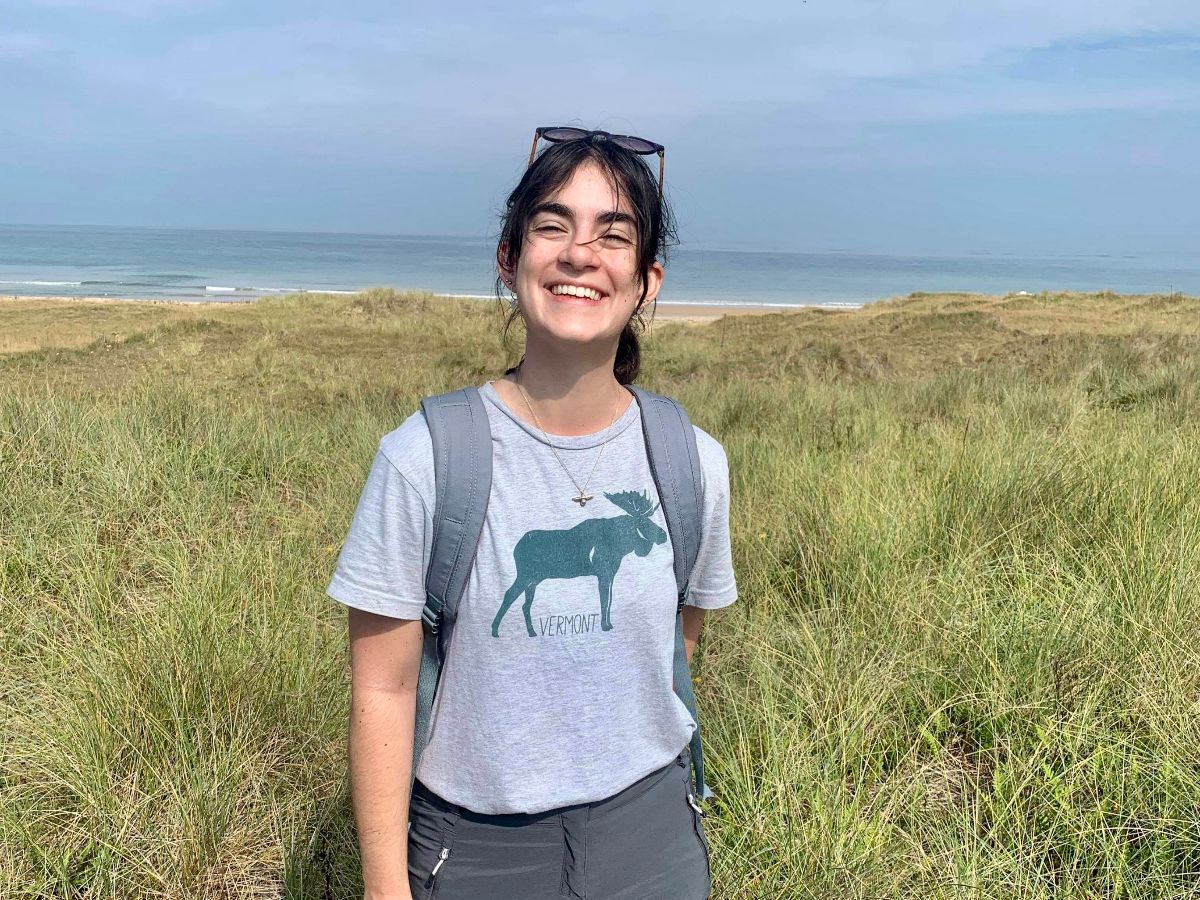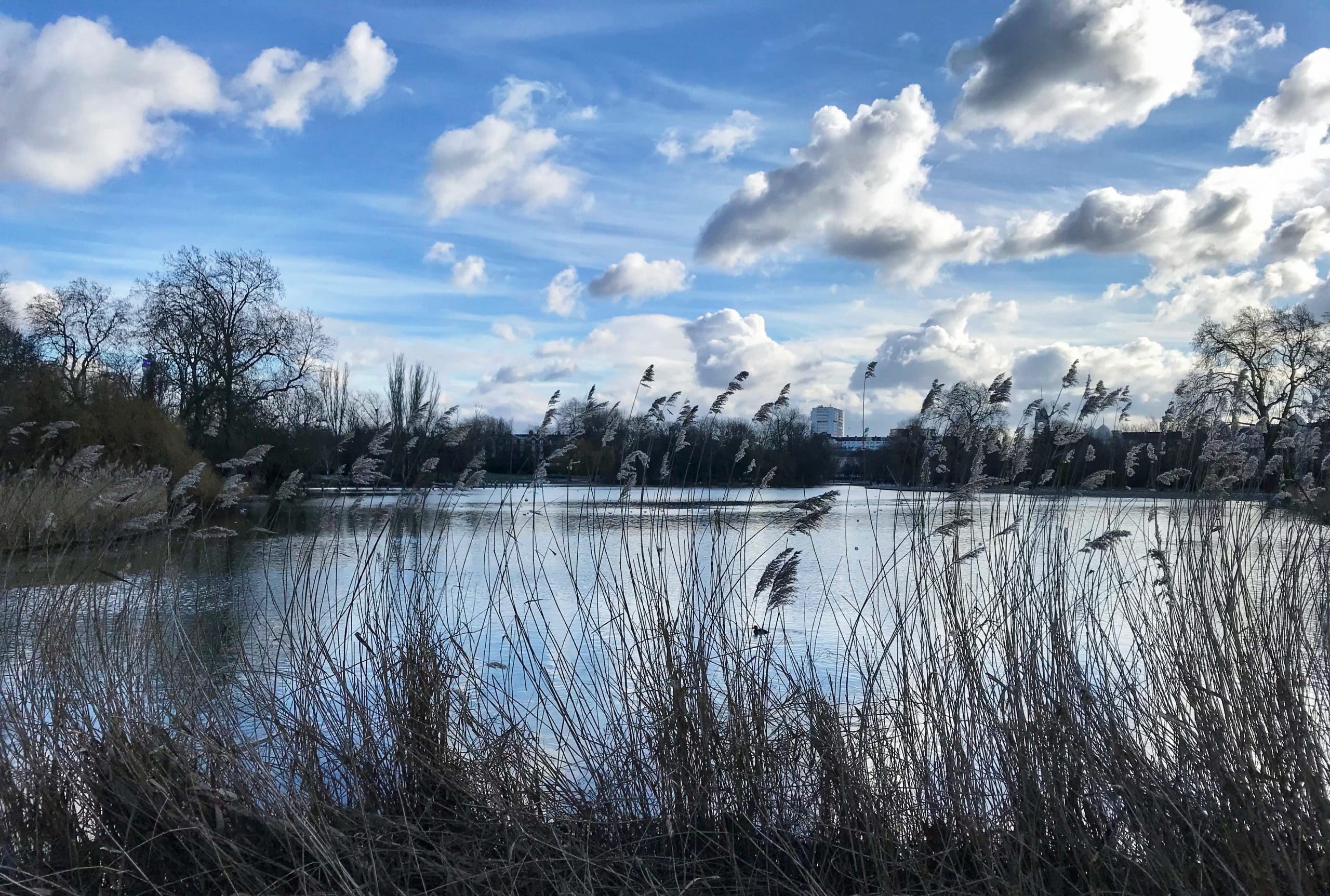Frankie is GiGL’s Ancient Woodland Inventory (AWI) Officer and the Greater London lead for Natural England’s AWI update project. Using a consistent and quality-controlled methodology, this project will substantially update the AWI to create a more accurate and robust record of ancient woodland across London. Frankie’s work will help to ensure that these valuable and irreplaceable habitats receive the planning policy protection they deserve as well as providing an evidence base to underpin landscape-scale plans such as Nature Recovery Networks.
Volunteer Opportunities
Updating the AWI for Greater London is a big undertaking, so GiGL is looking for volunteers to assist us with the project. Specifically, we are looking for help sourcing and interpreting historical maps and documents of London’s woodlands, and also support communicating the importance of both ancient woodland and this project. If you feel like any of these tasks sound interesting to you, please do not hesitate to get in touch with Frankie. She says a huge thank you in advance to any future volunteers!

- Town or countryside?
Town for now.
- Summer or winter?
Winter – I love frosty walks, comforting food, and the knowledge that we are heading towards a fresh start with the New Year and spring.
- Early bird or night owl?
I go through phases, but night owl is winning at the moment.
- Outdoor or indoors?
Outdoors. I sometimes forget how much I like being outside but fresh air makes everything better. Fact.
- Plants or animals?
Plants! Unfortunately, I have a knack for overwatering them, but they are often slightly more forgiving than animals.
- What species is closest to your heart and why?
Perhaps my new job is influencing me, but I am going to say bluebells. It’s hard not to feel happy walking in a woodland in spring and seeing and smelling a dense carpet of bluebells. Growing up in Kent I was lucky enough to see bluebells every year in a nearby ancient woodland. As I learn more about the ancient woodlands of London I am excited to find the best spots to see these threatened native plants.

- What is your favourite Greater London open space and why?
Though I have just moved away from the area, Regent’s Park and Primrose Hill will always remain special to me. My mum grew up in Camden, and I love exploring the park where she has so many happy childhood memories. Like lots of us, I turned to my local open space to escape the stress of the pandemic. Primrose Hill helped satisfy my cravings for long uninterrupted views when I felt claustrophobic in my little flat, and Regent’s Park allowed me to glimpse all sorts of wildlife, from beautiful trees to London Zoo’s giraffes, when I could have easily lost touch with nature.
- What has been your most formative experience working with the natural environment? And what did you learn then that you keep with you today?

If I had to choose one experience – which is really tricky I would like to add! – I would probably choose the fieldwork that I completed in Pembrokeshire, Wales, during my Undergraduate degree. It was a very intense week. I even cried about seaweed at one point, but I like to tell myself it was sheer awe rather than a lack of sleep. Whilst there I felt like a true scientist for the first time, and was able to independently put into practice everything that I had learnt about research design, data analysis, and science communication. My study on the effect of exposure on the colour change and water retention capabilities of intertidal seaweeds may not be my life’s passion project, but it did teach me valuable research and organisational skills that I will never forget. I will also always remember it as the week I promised to myself to always work in connection with nature – no matter how difficult or tiring it can sometimes be.
- What is your role at GiGL?
I joined GiGL in September as an Ancient Woodland Inventory Officer and am tasked with ensuring that we have a robust and accurate record of all ancient woodlands in the capital. This means that no matter their size, these valuable and irreplaceable habitats will receive the protection they deserve. It will be exciting to see how the AWI Update project develops over the upcoming year and my role with it.
- What is your most enjoyable GiGL task and why?
For the past couple of months I have been focussed on getting the AWI Update project off the ground. This has mostly involved planning the different phases of the project. Though project planning may not sound particularly riveting it has meant that I am very aware of all the enjoyable tasks I have ahead of me. I am particularly looking forward to becoming a part-time detective, hunting down historical documents and maps to provide as evidence of a woodland’s ancient status. I am also looking forward to developing my geospatial mapping skills. Applying my previous knowledge within a conservation context is a dream come true and I can’t wait to learn lots of mapping tips and tricks from all of my talented GiGL colleagues.
- What made you want to work for a Local Environmental Records Centre?
Though it is easy to look beyond your local area when deciding where to tackle the environmental challenges of today, there are many things on our doorstep that require our attention. Local Environmental Record Centres ensure that we have access to high-quality environmental data that can underpin important planning and conservation decision-making in our community. Working for GiGL has meant that instead of being the end-user of this data, I am now contributing to its creation, and directly benefiting an increasingly threatened resource in the city I call home.

- London has a lot to offer someone looking to learn more about wildlife and open spaces. What one thing would you advise people to explore?
There are some amazing web services and applications available that aim to get people more in touch with London’s biodiversity and open spaces. I am always a fan of a good map, and though a hopeless navigator, exploring GiGL’s Discover London interactive map and its Sites to Visit layer has helped me learn more about where to go on walks after my move to Holloway. I would definitely recommend having a look if you are in need of some inspiration. Recently, I have also enjoyed trying the curated walks from the ‘Go Jauntly’ app which helps to encourage people to slow down and appreciate all of London’s ‘greener’ walks. A personal favourite collection of mine is The Royal Parks ‘Mission: Invertebrate’s More Than Bugs’ walking trails that guide you through walks themed around some of London’s tiniest inhabitants.
